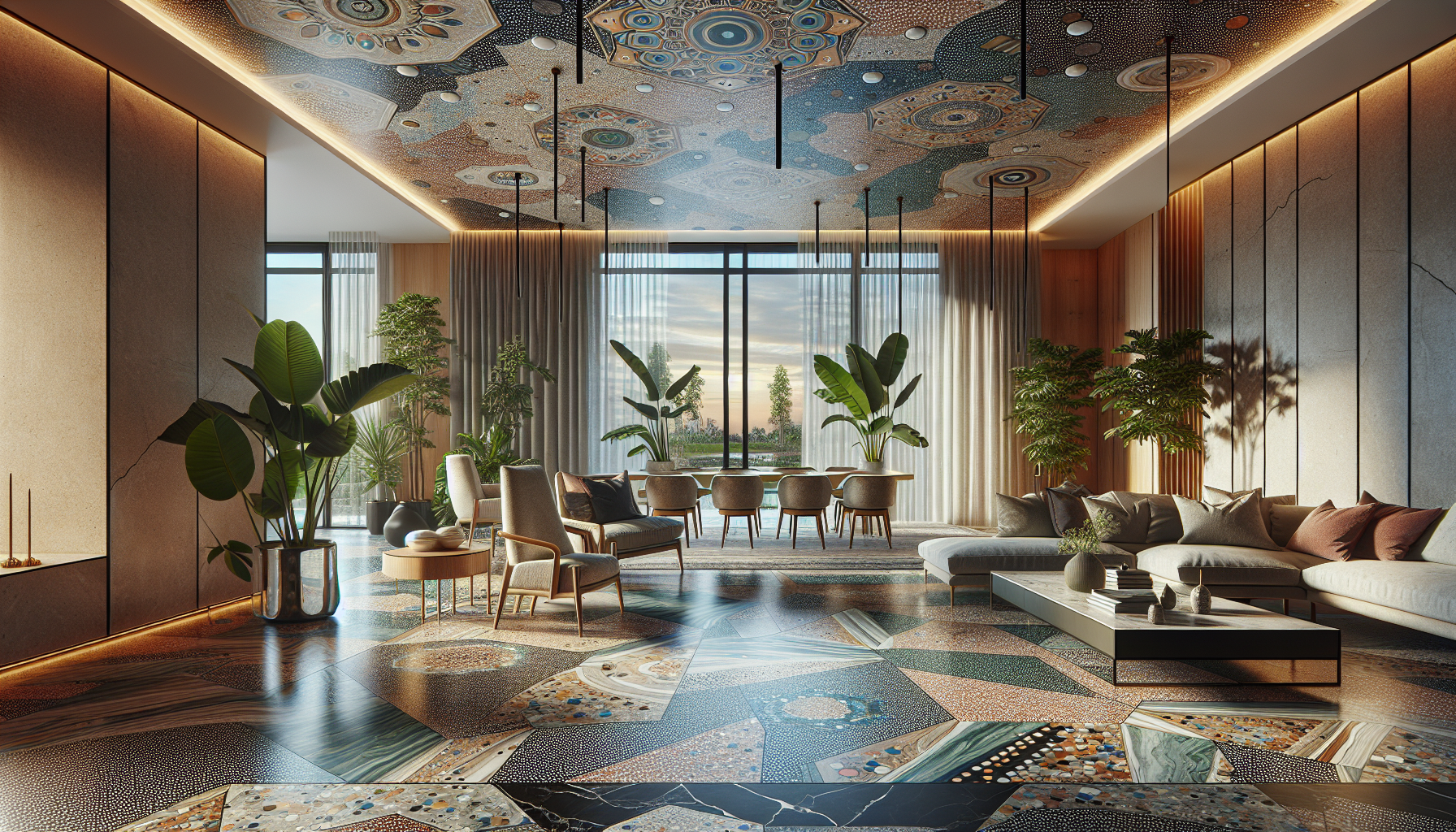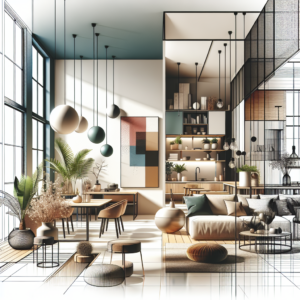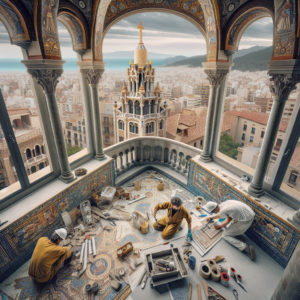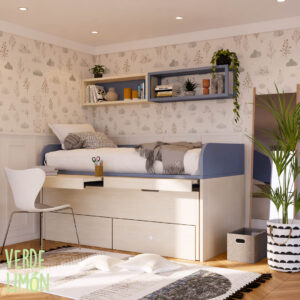Hydraulic terrazzo, an emblematic material of homes in the early 20th century, has experienced a remarkable resurgence today, capturing the interest of both designers and modern homeowners. Known for its durability and unique aesthetic, this ancient coating is reclaiming its place in contemporary design, evoking feelings of nostalgia among those who have known it and attracting new generations.
The versatility of hydraulic terrazzo in terms of design is one of the main factors behind its revival. With a wide variety of colors and patterns, it allows homeowners to personalize their spaces in a unique way, aligning with the current trend towards individuality in interior decoration. More and more, people are seeking styles that reflect their personality, and terrazzo emerges as an option that can adapt to different aesthetic sensibilities.
In a context where sustainability is essential, terrazzo also stands out as an ecological alternative. Composed of natural materials such as cement, stones, and pigments, its production generates a considerably lower carbon footprint compared to other construction materials. Furthermore, its durability means that it does not need to be replaced frequently, contributing to a reduction in waste generation.
Industrial design has significantly contributed to the revaluation of terrazzo. Architects and designers are integrating this material into a variety of projects, from restaurants to offices, giving spaces a modern look that also evokes retro chic style. Its easy maintenance and stain resistance make it a practical option for both homes and businesses.
The rise of social media has played a determining role in the new terrazzo trend. Influencers and decoration experts have begun to share impressive transformations using this material, generating renewed interest, especially among millennials and Generation Z, who seek design elements that make a difference.
Thus, the comeback of hydraulic terrazzo in modern homes goes beyond mere aesthetics. It is a clear reflection of how styles from the past can intertwine with contemporary needs and values, creating spaces that are both functional and rich in history. This material has managed to find its place in 21st century architecture, demonstrating that the beauty of the old can play an important role in current design.
Source: MiMub in Spanish











